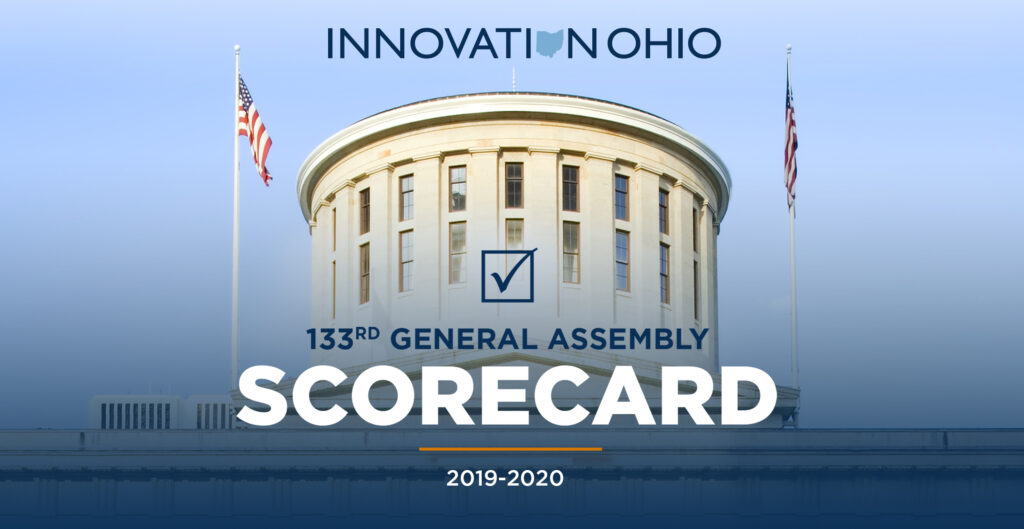Senate Bill 1, so numbered because it represents the top priority of the newly-elected members of the Ohio Senate Republican majority, is newly-introduced legislation that would make major changes to public education in Ohio, stripping power from Board members elected by voters after the November election saw several Democrats take seats on the board.
The primary impact of SB1, if passed, would be to reorganize the Ohio Department of Education into a new Department of Education and Workforce, headed by a member of the Governor’s cabinet and divided into divisions responsible for primary and secondary and career-technical education. The legislation would mandate that the department identify “in-demand” jobs and provide information to seventh and eighth graders about available careers.
While Article VI, Section 4 of the constitution establishes the State Board of Education and grants it authority over the hiring of a Superintendent of Public Instruction, under SB1, the superintendent would merely serve as an advisor to the Department and support the Board in its greatly limited role of teacher licensure.
Members of the Ohio legislature would have to approve all senior hiring by the Department and could overrule any policies it adopts. This represents a massive shift away from an elected Board of Education, made up of elected representatives from around the state to the gerrymandered supermajority General Assembly.
Most of the language of Senate Bill 1 is the same as what was included in last session’s SB178, but it also contains new assurances to homeschooling families and private religious schools that the department will not adopt any new rules for them, something that was needed to dispel any opposition to the plan from those corners.
SB1 is a massive change to how education is governed, moving ultimate responsibility for enacting education policy away from elected School Board members to the legislators. And it comes in the wake of voters shaking up the membership of the Board at the ballot box in November. When taken together with recent moves to make it harder for voters to amend the state’s constitution, it’s clear that the priority of legislative Republicans is consolidating power for themselves and silencing the voices of voters.













